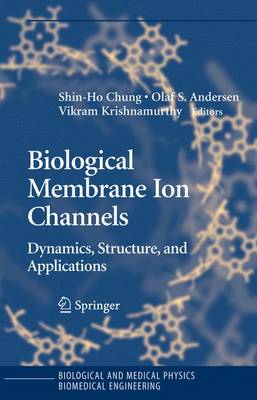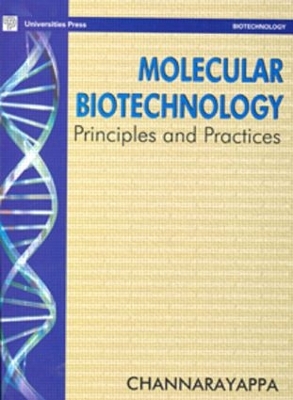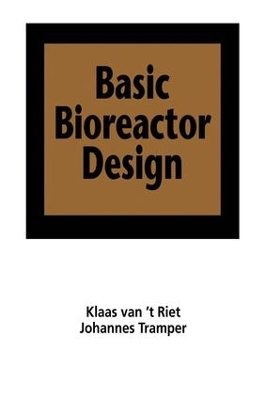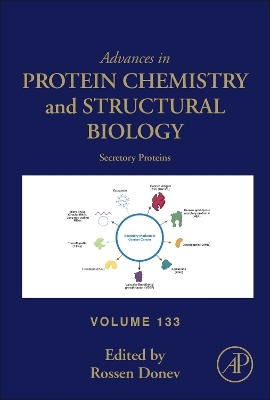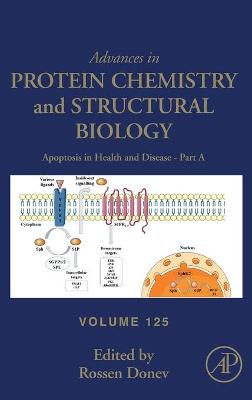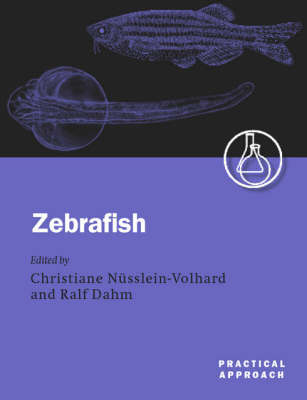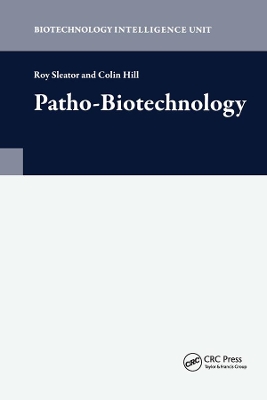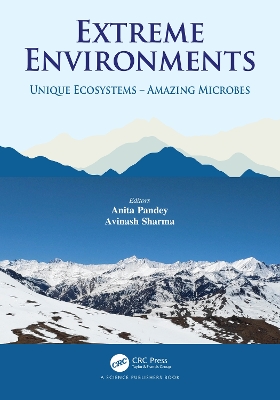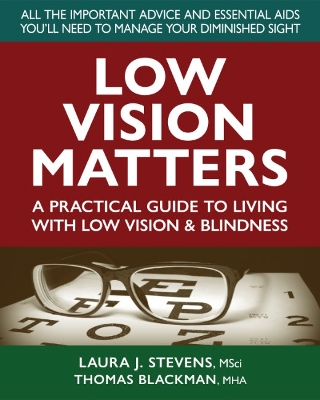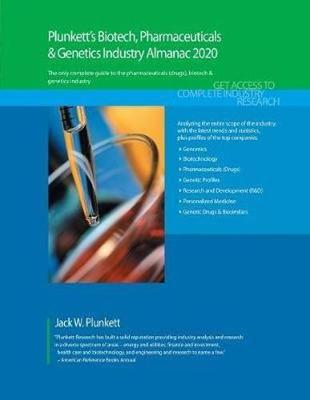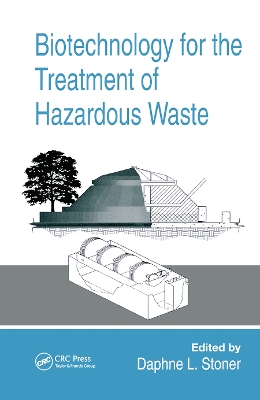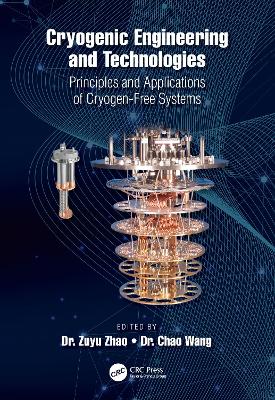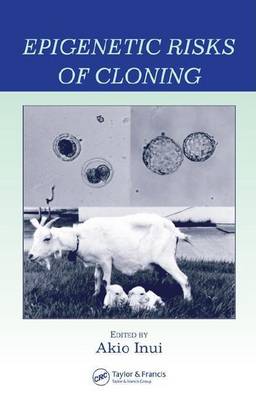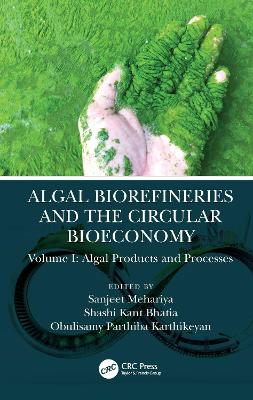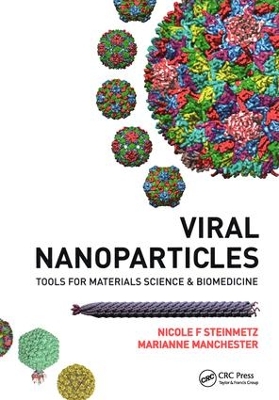Biological Membrane Ion Channels
by Shin-Ho Chung, Olaf S Andersen, and V. Krishnamurthy
Providing a strong base in this emerging and highly promising field, Molecular Biotechnology: Principles and Practice strikes a balance between two important aspects of the science - the theory of molecular biology and the experimental approach to the study of biological processes. The main feature of this book is that it covers a wide range of molecular techniques in biotechnology and is designed to be a student- and teacher-friendly textbook. Each technique is described conceptually, followed...
Based on a graduate course in biochemical engineering, provides the basic knowledge needed for the efficient design of bioreactors and the relevant principles and data for practical process engineering, with an emphasis on enzyme reactors and aerated reactors for microorganisms. Includes exercises,
Advances in Molecular Techniques
by Rakesh S. Sengar, Amit Kumar, Reshu Chaudhary, and Ashu Singh
Molecular genetics aims to comprehend biological activity at the gene sub-level. Scientists from different areas of research and applied science can use the standard techniques optimized by molecular biologists.This book serves as a guide that introduces classic molecular biology techniques and advances in molecular and genetic engineering.
Opsin-free Optogenetics (Methods in Signal Transduction)
Optogenetics represents a breakthrough technology capable of dynamically modulating molecular and cellular activity in live cells with high precision. This transformative technology made it possible to reversibly interrogate protein actions, cellular events, and animal behaviors with a simple flash of light. Manipulating the temporal and spatial profile of light enabled precise control of membrane potentials. This feature has inspired non-opsin-based optogenetics, which not only inherits the pre...
Secretory Proteins (Advances in Protein Chemistry and Structural Biology)
Secretory Proteins, Volume 133 in the Advances in Protein Chemistry and Structural Biology series highlights new advances in the field, including chapters on Proprotein Convertases regulate trafficking and maturation of key proteins within the secretory pathway, Secretory Proteins in Cancer Diagnosis, Senescent Cells and SASP in Cancer Microenvironment: new approaches in cancer therapy, Autophagy for secretory protein: Therapeutic targets in cancer, Secretory proteins and pathways of secretion o...
Synchrotron Radiation in Structural Biology
The development of synchrotron radiation (SR) as a research tool was driven largely by the needs of materials scientists and solid-state physi- cists. However, the availability of SR has extended significantly the capa bility of scientists who study biological structure with radiation. This volume contains some of the results reported at a symposium held at Brookhaven National Laboratory in May 1988 to discuss the application of synchrotron radiation to structural biology. We are grateful for fi...
Impaction Bone Grafting in Revision Arthroplasty
This book provides the reader with the state of the art in bone stock reconstruction with impaction. Written specifically for surgeons who wish to optimize their grafting techniques and base their decisions on the latest scientific data on mechanical and biological aspects of impaction methods, this reference familiarizes readers with impaction bone grafting techniques for reconstruction and various bone grafting materials-guiding surgeons through a wide range of operative techniques and highlig...
The Endometrium
A research oriented text, with clinical translation, this book provides a comprehensive multi-disciplinary account of the uterine endometrium. The first book to define the regulatory biological interrelationships between epithelial and stromal cell phenotypes, endothelial cells, extracellular matrix, and immunobiological elements, it highlights their relevance to clinical conditions. Containing critical reviews from leading researchers around the world, the book is a crucial reference on reprodu...
Apoptosis in Health and Disease - Part A (Advances in Protein Chemistry and Structural Biology)
Apoptosis, or programmed cell death, is the mechanism by which cells die either physiologically or pathologically. A vast research in apoptosis has advanced our understanding of basic physiological and pathological processes occurring in cells, organs and organisms, and its role in a number of diseases. These new advanced understandings are playing a major influence in drug discovery and the introduction of new therapies that target this cell death process. These two thematic volumes 125 and 126...
Zebrafish (Practical Approach, #261)
The zebrafish has become one of the most important model organisms to study biological processes in vivo. As a vertebrate that has many of the strengths of invertebrate model systems, it offers numerous advantages to researchers interested in many aspects of embryonic development, physiology and disease. The next few years will see the completion of large scale initiatives that exploit the zebrafish as a model system for the understanding of gene function in vertebrates, including the sequenci...
In 2006, the termPatho-biotechnology' was coined to describe the exploitation of pathogens, or pathogen derived factors, for beneficial applications in biotechnology, food and medicine.This concept encompasses three broad areas:i. The first approach (outlined in Chapters 1-10) involves the use of selected pathogens as effective prophylactic and/o
Extreme Environments
The book Extreme Environments: Unique Ecosystems – Amazing Microbes is an attempt to showcase the uniqueness of extremophiles, the largely unexplored group that has the abilities to function in hostile conditions and represent the very ancient life forms that thrived on earth billions of years ago. The book covers a wide range of research achievements in the field of microbiology of extreme environments right from the conventional approaches of cultivation to recently evolved high throughput seq...
The second in a three-volume set exploring Problems and Solutions in Medical Physics, this volume explores common questions and their solutions in Nuclear Medicine. This invaluable study guide should be used in conjunction with other key textbooks in the field to provide additional learning opportunities. Topics include radioactivity and nuclear transformation, radionuclide production and radiopharmaceuticals, non-imaging detectors and counters, instrumentation for gamma imaging, SPECT and PET...
Formally Plunkett's Biotech & Genetics Industry Almanac, this book is a complete reference guide to the business side of biotechnology, genetics, proteomics and related services. This new book contains complete profiles of the leading biotech companies; in-depth chapters on trends in genetics, technologies, statistics and finances; a handy glossary; and thorough indexes. For the first time, in one carefully-researched volume, you'll get all of the data you need. Topics include: biotechnology fun...
The development of biologically based processes for the treatment of hazardous inorganic and organic wastes is a multi-disciplinary effort requiring the consideration of a number of biological, chemical, and physical parameters, as well as the effective teaming of biologists, chemists, engineers, and regulatory agencies. This new text/reference bridges the disciplines in a unique way, allowing an exchange of fundamental information to take place. The book begins with a description of the biologi...
Cryogenic Engineering and Technologies
Cryogen-free cryogenics is leading a revolution in research and industry by its significant advantages over traditional liquid helium systems. This is the first overview for the field, covering the key technologies, conceptual design, fabrication, operation, performance, and applications of these systems. The contents cover important topics such as the operating principles of 4K cryocoolers, enabling technologies (including vibration reduction) for cryogen free systems, the cryogen- free superco...
Cloning has the potential to be an extremely valuable tool across many fields. In agriculture, the reproductive cloning of farm animals could prove to be advantageous. In clinical medicine, the employment of therapeutic cloning for cell, tissue, and organ replacement appears to be imminent. However, as with any advancement that is poised to touch h
Microalgae are an invaluable biomass source with potential uses that could lead to environmental and economic benefits for society. Biotechnological Applications of Microalgae: Biodiesel and Value Added Products presents the latest developments and recent research trends with a focus on potential biotechnologically related uses of microalgae. It gives an analysis of microalgal biology, ecology, biotechnology, and biofuel production capacity as well as a thorough discussion on the value added pro...
Algal Biorefineries and the Circular Bioeconomy
"Algae are mysterious and fascinating organisms that hold great potential for discovery and biotechnology." -Dr. Thierry Tonon, Department of Biology, University of York "Science is a beautiful gift to humanity; we should not distort it." -A.P.J. Abdul Kalam In this book, we emphasize the importance of algal biotechnology as a sustainable platform to replace the conventional fossil-based economy. With this focus, Volume 2 summarizes the up-to-date literature and knowledge and discusses the a...
Viral Nanoparticles
This book overviews the applications of viral nanoparticles (VNPs) in areas ranging from materials science to biomedicine. It summarizes the many different VNP building blocks and describes chemistries that allow one to attach, entrap, or display functionalities on VNPs. The book outlines the strategies for the construction of 1-, 2-, and 3-D arrays, highlights the achievements in utilizing VNPs as tools for novel biosensors and nanoelectronic devices, and describes efforts in designing VNPs for...
In considering ways that physics has helped advance biology and medicine, what typically comes to mind are the various tools used by researchers and clinicians. We think of the optics put to work in microscopes, endoscopes, and lasers; the advanced diagnostics permitted through magnetic, x-ray, and ultrasound imaging; and even the nanotools, that a
Growing cells in 2D under static conditions has long been the gold standard of cell culture, despite this method not being representative of the complex in vivo environment. The use of animal models also has clear ethical and scientific limitations, and increasingly the 3Rs (replacement, refinement, reduction) in relation to animal models are being integrated into the modern-day scientific practice. Focusing on new 3D in vitro methods now available to researchers, this book brings together exam...
